You’ve planned your very first RV trip, and you’re ready to hit the road. You’ve packed food, clothing, and even entertainment. But wait, what about the RV furnace? It’s essential to have a properly functioning furnace when traveling, particularly during colder months. So, where do you begin? In this post, we’ll guide you on how to use your RV furnace for the first time. Let’s get started!
Table of Contents
RV Furnace: When You Need It
When you’re out exploring in your RV, you’re likely to encounter a range of weather conditions. From sweltering heat to biting cold, you’ll want to be prepared for whatever comes your way. An RV furnace is an essential piece of equipment that can help keep you warm and cozy when the temperatures outside drop below freezing. But when exactly will you need your RV furnace? Here, we’ll explore the different times and situations when an RV furnace is a must-have.
Cold Nights
One of the most obvious situations when you’ll need your RV furnace is when the nights get chilly. If you’re parked in the mountains, near a lake, or in any other area where the temperature drops significantly at night, you’ll want to have a functioning furnace on hand. Without it, you’ll have to rely on blankets, layers, and other forms of insulation to stay warm, which may not be enough.
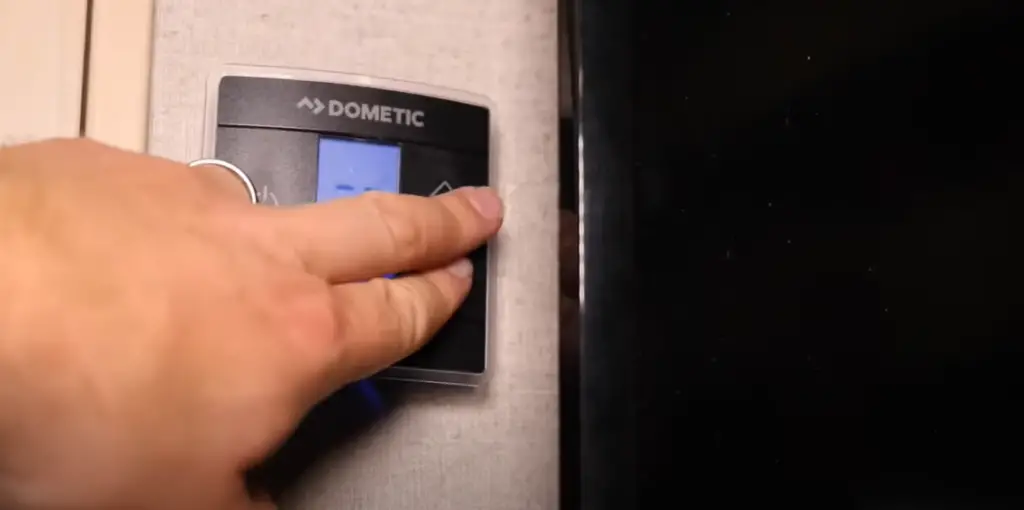
Early Mornings
Even if you’re not camping in particularly cold weather, you may find that mornings can be chilly when the sun has yet to rise fully. This is especially true if you’re an early riser who likes to start the day with a cup of coffee outside your RV. With a furnace on hand, you can easily warm up your RV’s interior and make your mornings much more comfortable.
Winter Camping
Of course, if you’re one of the many RVers who enjoys winter camping, a furnace is absolutely essential. Without it, you’ll be putting your safety and health at risk. Winter camping requires a range of specialized gear, and an RV furnace is certainly one of them. Be sure to test your furnace before embarking on a winter camping trip to ensure it’s in good working order. [1]
Late Fall and Early Spring
While spring and fall may not be as cold as winter, they can still be chilly enough to require a furnace. This is especially true if you’re camping in northern latitudes, where cold snaps can occur even in the shoulder seasons. During these times of year, a functioning furnace can make all the difference when it comes to your comfort and wellbeing.
Emergency Situations
Finally, an RV furnace can be a real lifesaver in emergency situations. If you break down in a remote area or are forced to stop due to inclement weather, a furnace can help keep you warm and comfortable until help arrives. Always make sure you have plenty of propane on hand to power your furnace in case of emergencies.
Being prepared for all weather conditions is a must when you’re out exploring in your RV, and a furnace is one of the most important pieces of gear in your arsenal. Whether you’re camping in winter, early spring or late fall, or just want to stay warm during chilly nights and early mornings, an RV furnace is essential. Make sure to keep your furnace in good working order and have plenty of propane on hand, and you’ll be able to enjoy every moment of your RV adventures in comfort and safety.
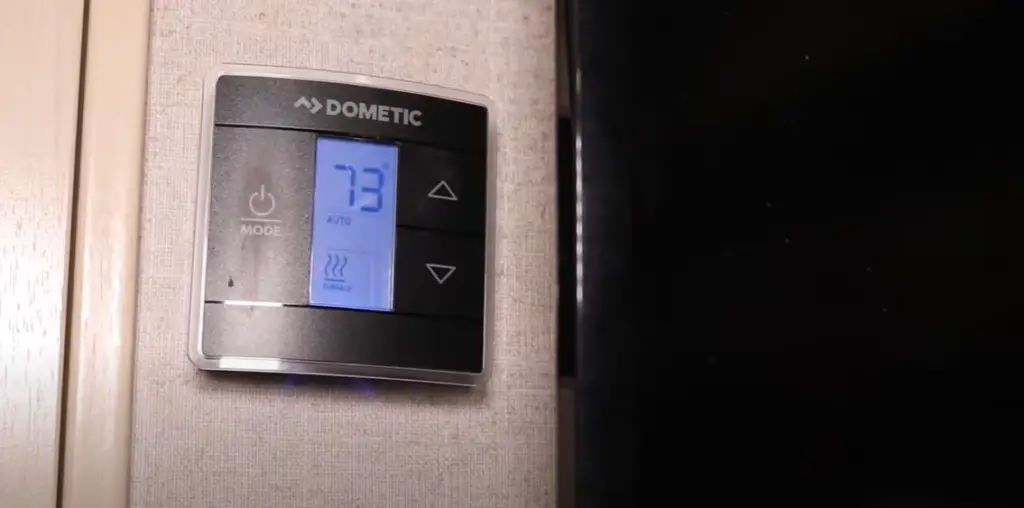
Pros And Cons of RV Furnace
As a seasoned RV traveler, you understand how important it is to have a reliable source of heat while out on the road. RV furnaces are great options that can keep you warm and cozy during those chilly nights. Let’s dive into the pros and cons of RV furnaces and help you decide if it’s an investment you should make.
Pros of RV Furnace
- Reliable Source of Heat: An RV furnace ensures that you have a reliable source of heat, no matter where you are. You can travel to colder regions without worrying about being cold at night.
- Energy Efficient: Unlike other heating options, these are energy efficient. They use propane, which is economical and easy to get. You can get your propane tank refilled at any gas station, making it a convenient option.
- Convenient: With an RV furnace, you don’t have to bring extra blankets or wear sweaters to bed. You will stay comfortable and warm at all times. It’s also nice to be able to control the temperature in your RV rather than relying on the weather.
- Easy Installation: Installing an RV furnace is relatively easy. You don’t need an expert plumber or technician to install it for you. Most RV models have space allocated for furnaces, so all you need is to purchase the appliance and install it in the designated location.
Cons of RV Furnace
- Expensive Investment: Compared to other heating options, RV furnaces are more expensive to purchase and install. The cost of buying, installing, and maintaining the furnace can be daunting for some RVers, especially those on a budget.
- Propane Tank Refills: While propane is an energy-efficient option, it comes with costs. RVers with furnaces need to refill their propane tanks regularly, which can be challenging for those who are always on the move. It can be inconvenient to drive around looking for a gas station that offers propane refills.
- Maintenance: RV furnaces require proper maintenance to function efficiently. Regular cleaning, replacing filters, and checking for leaks is a must. If you’re not mechanically inclined, maintenance can be a challenge, leading to costly repairs in the long run.
- Risk of Carbon Monoxide Poisoning: As any other heating appliance, RV furnaces pose a risk of carbon monoxide exposure. Carbon monoxide poisoning is a serious issue that can lead to death if exposed to high levels of the gas. RVers with furnaces must install carbon monoxide detectors and ensure regular furnace maintenance to prevent any unfortunate incidents.
RV furnaces can make your RV travels comfortable by providing a reliable heating source. However, before investing in an RV furnace, it’s highly important to consider all the pros and cons.
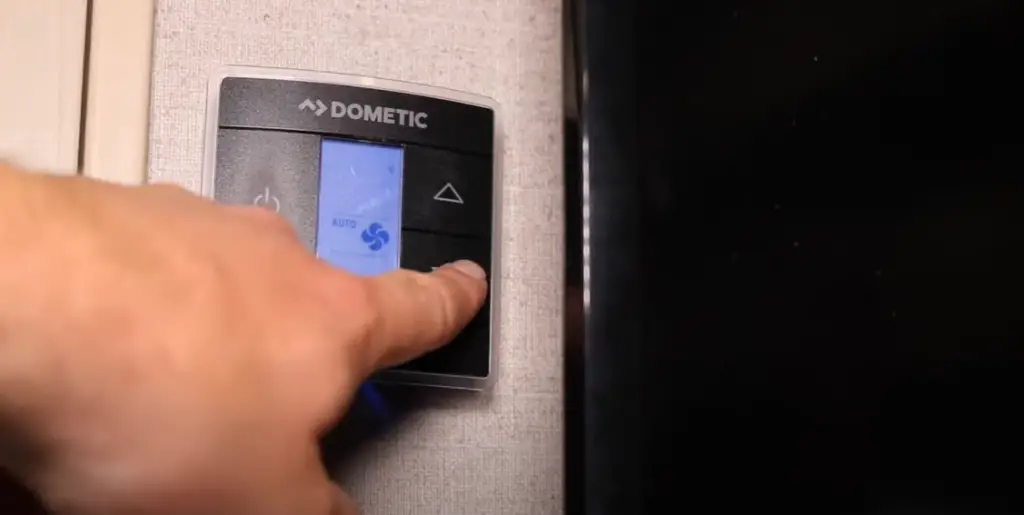
RV Furnace: How It Works
If you are new to the world of RVing, you may be wondering how your RV furnace works. This is an important question because it can help you stay comfortable, save on propane, and prevent damage to your RV. The furnace is an important component of your RV and can help you stay warm and comfortable regardless of the temperature outside. Here we will demystify your RV furnace and explain how it works.
The RV furnace functions differently from the home furnace because there is no constant supply of electricity or natural gas. Instead, your RV furnace runs on propane and electricity. To start the furnace, you need to make sure that your propane tank is full, and the battery system is charged. Once you’ve ensured both, you’ll need to turn on the furnace thermostat, and the furnace will start working.
The next step involves the furnace blower. The blower pulls air from your RV interior and blows it across your furnace’s heat exchanger. This heat exchanger warms up the circulating air to your desired temperature. As it does this, the blower circulates the warm air throughout your RV through the ductwork.
Regular maintenance is important for your RV furnace, so you can avoid sudden furnace breakdowns, especially when you’re camping in colder weather. Cleaning the ductwork and replacing the air filters are essential maintenance tasks for proper furnace functioning. Consulting with a professional RV technician can help as they focus on checking circuits and electrical connections.
Starting RV Furnace For the First Time: Step-By-Step Guide
When winter comes around, you must keep your RV warm to make it comfortable for you. One way to do that is to use a furnace. However, starting an RV furnace for the first time might seem daunting, especially if you’re not mechanically inclined. There is a step-by-step guide to start your RV furnace for the first time, so you can enjoy the warmth of your RV even when it’s chilly outside.
Step 1. Read the owner’s manual
Before you start the furnace for the first time, read the owner’s manual that came with your RV. The manual is your guide and it explains how the furnace works, how to use it, and how to maintain it. Make sure you understand all the instructions and warnings before proceeding.
Step 2. Check the battery
The RV furnace uses electricity to ignite the burner and to power the blower motor that distributes heat in the RV. Check that the battery charge is adequate and the terminals are clean.
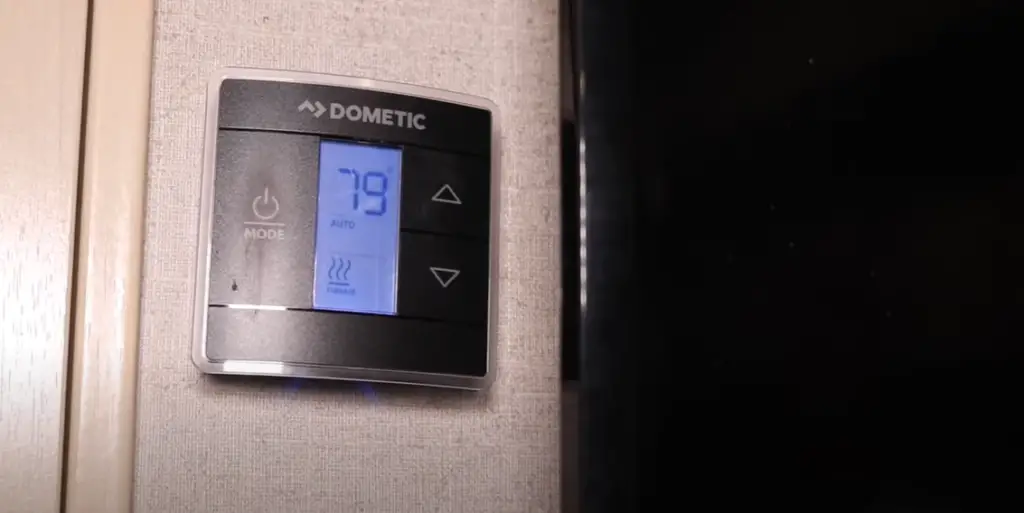
Step 3. Turn on the propane
To ignite the furnace, you need propane. Check that the propane tank is on and there is enough propane in the tank. Open the valve slowly and wait for a few minutes to allow the gas line to purge.
Step 4. Turn on the thermostat
Once you have propane, turn on the thermostat. Set the thermostat to the desired temperature and switch it to the heat mode. You should hear a “click” sound when you turn on the thermostat.
Step 5. Test the furnace
Now that everything is set, it’s time to test the furnace. Wait a few minutes for the blower to activate and for warm air to circulate indoors. If you don’t feel any heat or if the furnace doesn’t start, check the battery charge and propane supply. If the problem persists, consult your owner’s manual or bring your RV to a technician.
How to Make Your RV Furnace More Efficient
When you hit the road in your RV during winter or fall, one of the essential items to keep you comfortable is a functional and efficient furnace. Not only does it provide warmth, but also it helps keep the interior safe from the negative effects of cold temperatures. However, running your RV furnace non-stop can be costly and shorten the lifespan of your system. Therefore, it’s essential to know how to maximize your RV furnace’s efficiency.
- Install better insulation: One of the significant factors that impact your RV furnace’s efficiency is your RV’s insulation. Make sure to insulate the windows, doors, and ceilings to reduce heat loss. You can use spray foam insulation or retrofit insulation on older models. Doing this will help the furnace work less, resulting in lower energy consumption and saving you money. [3]
- Replace the furnace filter: Airflow restriction caused by dirty air filters can reduce your furnace’s performance, resulting in less heat production. As such, replace your RV’s furnace filters at least once a year before starting your winter journey. If you go on long trips, you may want to replace it even more frequently. A clean filter allows proper airflow, allowing the furnace to run smoothly without consuming more electricity.
- Use the furnace thermostat: Some people leave their furnace running continuously, believing this method is more efficient than turning it on and off. However, this strategy only leads to overworking the furnace and hiking your energy bill in the long run. Consider getting a thermostat that can regulate the furnace’s temperature automatically and turn off the heating element when the interior gets too hot.
- Install a vent cover: Like any other HVAC system, your RV furnace needs sufficient airflow to draw in air, heat it, and then distribute it throughout your RV. Blocked air vents often force the furnace to work harder to produce enough heat, causing it to consume more energy. Installing a vent cover will prevent debris and insects from entering the system, allowing the furnace to work efficiently.
- Supplement with propane space heaters: In the event of power outages or low temperatures, having a secondary source of heat can help to complement your RV furnace. Propane space heaters are a great option, as they are portable, efficient, and easy to operate. They can also save you money if you only need to heat a small area or compartment within your RV.
Maximizing your RV furnace’s efficiency requires a few simple steps, such as better insulation, filter replacements, automatic thermostat setting, vent covers, and proper use of space heaters. All these actions will help increase your system’s performance, reduce energy consumption, and ultimately save you money. So, take advantage of these tips and tricks and get the most out of your RV furnace today!
Safety Precautions When Using RV Furnace
Camping in an RV, especially in cold weather, can be comforting and cozy – thanks to the furnace. While many RV models come with an indoor heating system, it’s essential to use these furnaces carefully and safely. With that in mind, let’s discuss various safety precautions when using an RV furnace. Read on and ensure you have peace of mind during your camping trip.
- Install a Carbon Monoxide Detector
Carbon monoxide is a dangerous gas that frequently results from using propane heaters in enclosed spaces. That’s why it’s crucial to install a carbon monoxide detector in your RV. Test it regularly to make sure it’s working correctly. If it goes off even if there’s no propane heater running, evacuate your RV and contact a professional technician to determine the cause before using your furnace again.
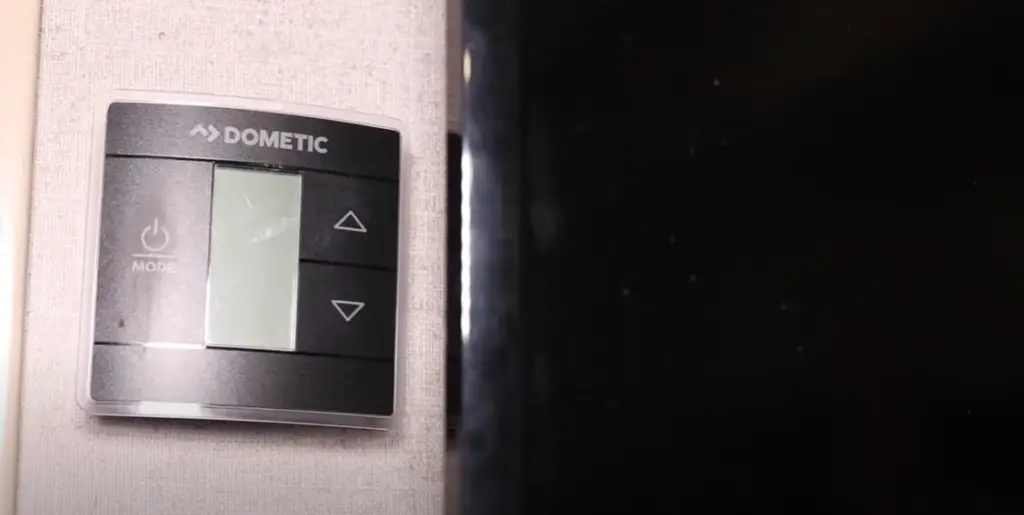
- Check Your RV Furnace Regularly
Schedule regular maintenance checks for your RV furnace, especially before going on long trips. Typically, your furnace uses propane, which can lead to a gas leak or other problems if not adequately maintained. Have a professional technician check and clean your propane lines, furnace, and vents before venturing out with your RV. This will ensure that your furnace is in the best condition for use.
- Be Mindful of the Ventilation
Your RV furnace uses propane gas, which can produce carbon dioxide. Therefore, it’s essential to allow sufficient ventilation to your RV to facilitate adequate air flow. Proper air circulation will help prevent a build-up of this gas and is especially crucial if your RV has inadequate space. Leaving a window slightly open or installing a vent fan can help improve air circulation in your RV. [2]
- Store Propane Tanks Carefully
Ensure that propane tanks are stored safely and correctly before heading out on your RV camping trip. Store them outside your RV in a well-ventilated and secure area to prevent any leaks or damage. Propane tanks should be kept away from heat sources and direct sunlight. When connecting or disconnecting your propane tanks to your furnace, ensure your RV’s appliances are turned off.
- Take Extra Caution When Sleeping
While it might be tempting to leave your RV furnace running overnight, it’s essential to take precautions when you go to bed. Ensure the furnace is turned off, and all the doors and windows are closed at night. If the temperatures are still cold, consider using warm blankets or a sleeping bag to stay comfortable. Also, ensure that while you are sleeping, there is adequate ventilation in your RV to prevent carbon dioxide build-up.
FAQ
How do I start my RV furnace?
The first step in starting your RV furnace is ensuring that your RV is leveled. Next, turn on the propane gas supply, and set your thermostat to the desired temperature. Then, carefully set the switch on your RV furnace to the on position, and wait for a few minutes. You will hear the sound of a fan. Once the sound of the fan subsides, go ahead, and light up the furnace by pressing the ignite button. Hold the button in place for about 15 seconds, and release it once the pilot light is lit.
How do I turn my furnace on for the first time?
If you are turning your RV furnace on for the first time, it’s important to note that air might be trapped in the gas line, leading to a delay in lighting the furnace. In this case, hold down the ignite button on your furnace for a minute or two. This allows the gas to flow through the lines, and clear out any air bubbles. Once the pilot light ignites, release the button.
How long does an RV furnace take to heat up?
An RV furnace normally takes around 30 seconds to a minute to kick in after the thermostat has been set.
Useful Video: How to use an RV Furnace The Proper Way with Efficiency Tips
Conclusions
In conclusion, learning how to use the RV furnace for the first time is essential for a comfortable and safe RV trip. Start by familiarizing yourself with the furnace, inspecting the components, turning on the furnace, and maintaining it regularly. Remember, safety should always come first, so ensure proper ventilation and install carbon monoxide detectors. By following these tips, you can enjoy a cozy and stress-free experience, no matter the temperature outside!
References:
- https://www.mortonsonthemove.com/about-rv-furnaces/#:~:text=An%20RV%20furnace%20is%20the,camp%20during%20the%20winter%20months.
- https://rvwhisperer.com/tips-for-rv-furnace-safety/
- https://www.wikihow.life/Make-an-RV-Furnace-More-Efficient#:~:text=Cover%20your%20RV’s%20windows%20with%20reflective%20insulation.&text=This%20will%20trap%20more%20warm,near%20windows%20from%20feeling%20colder.

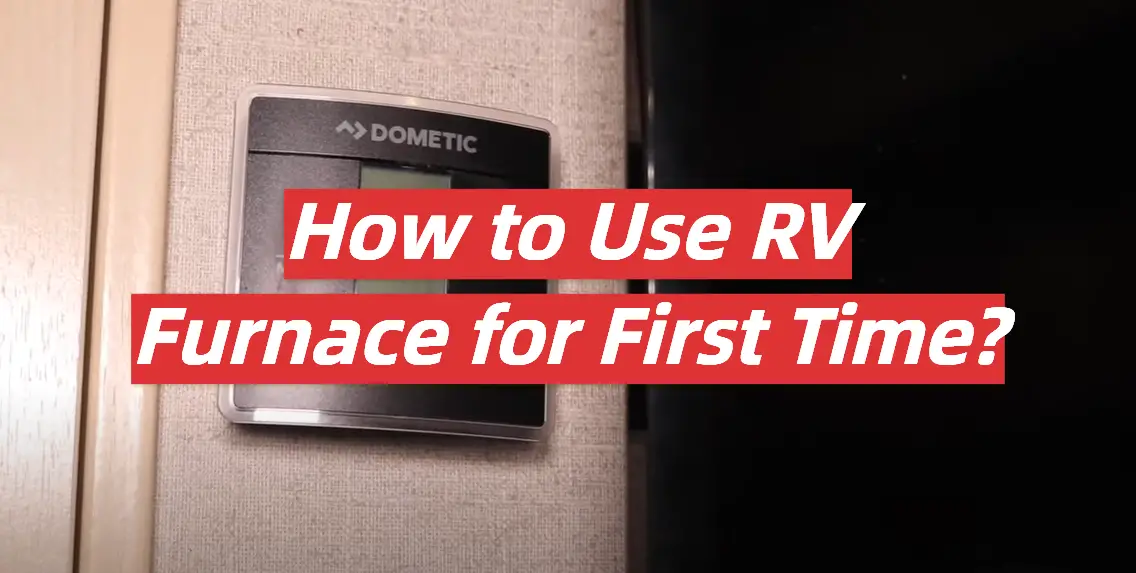
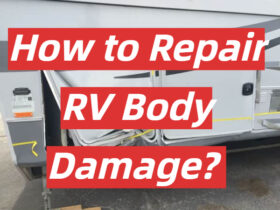
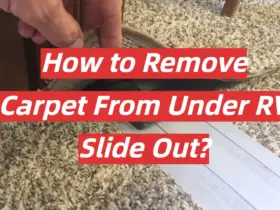
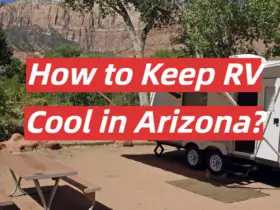
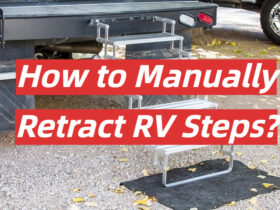
Leave a Reply